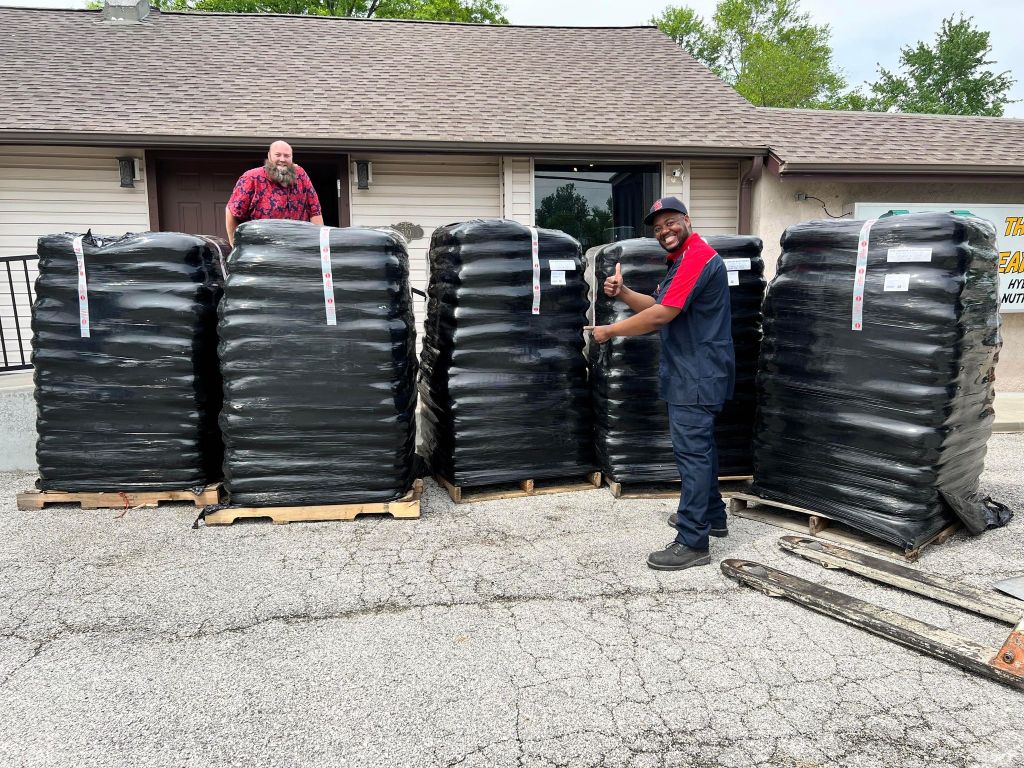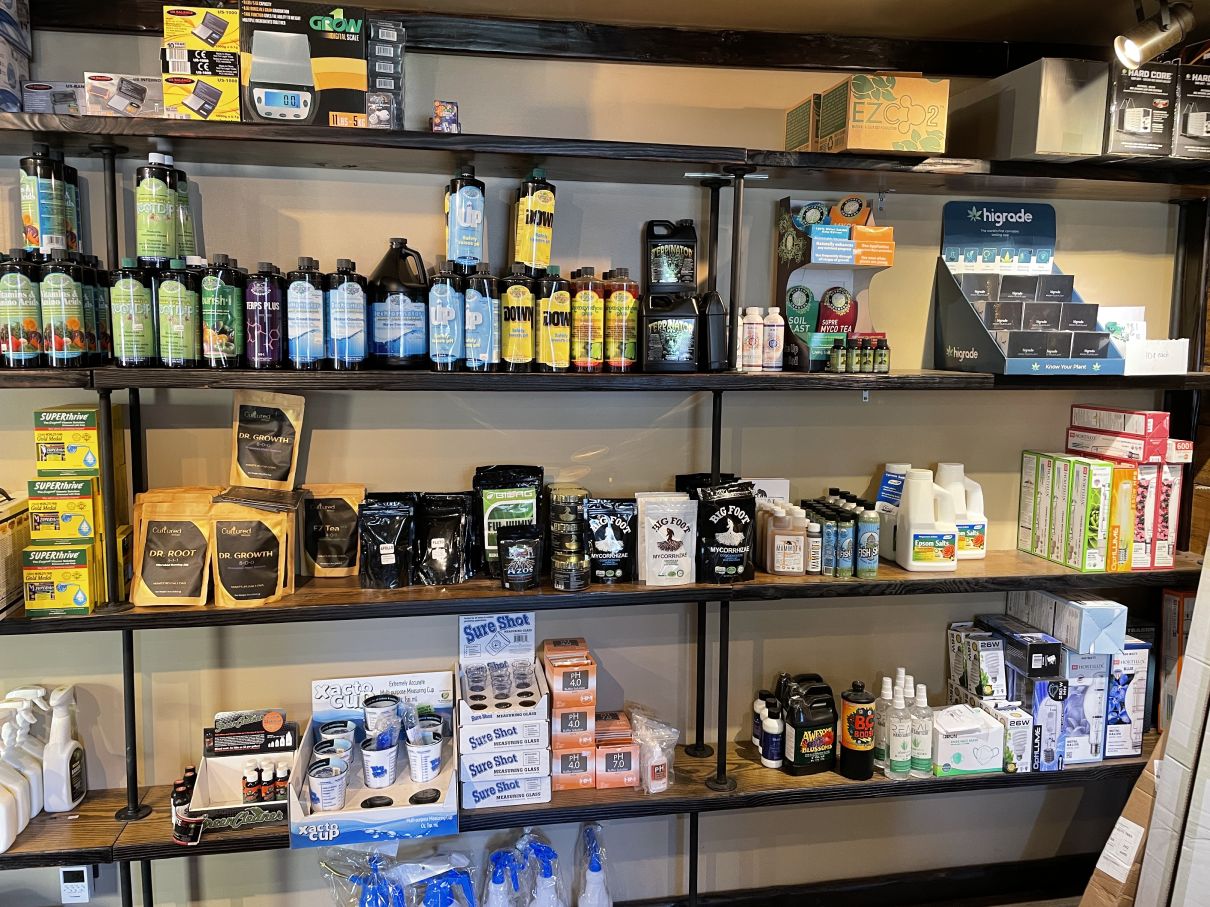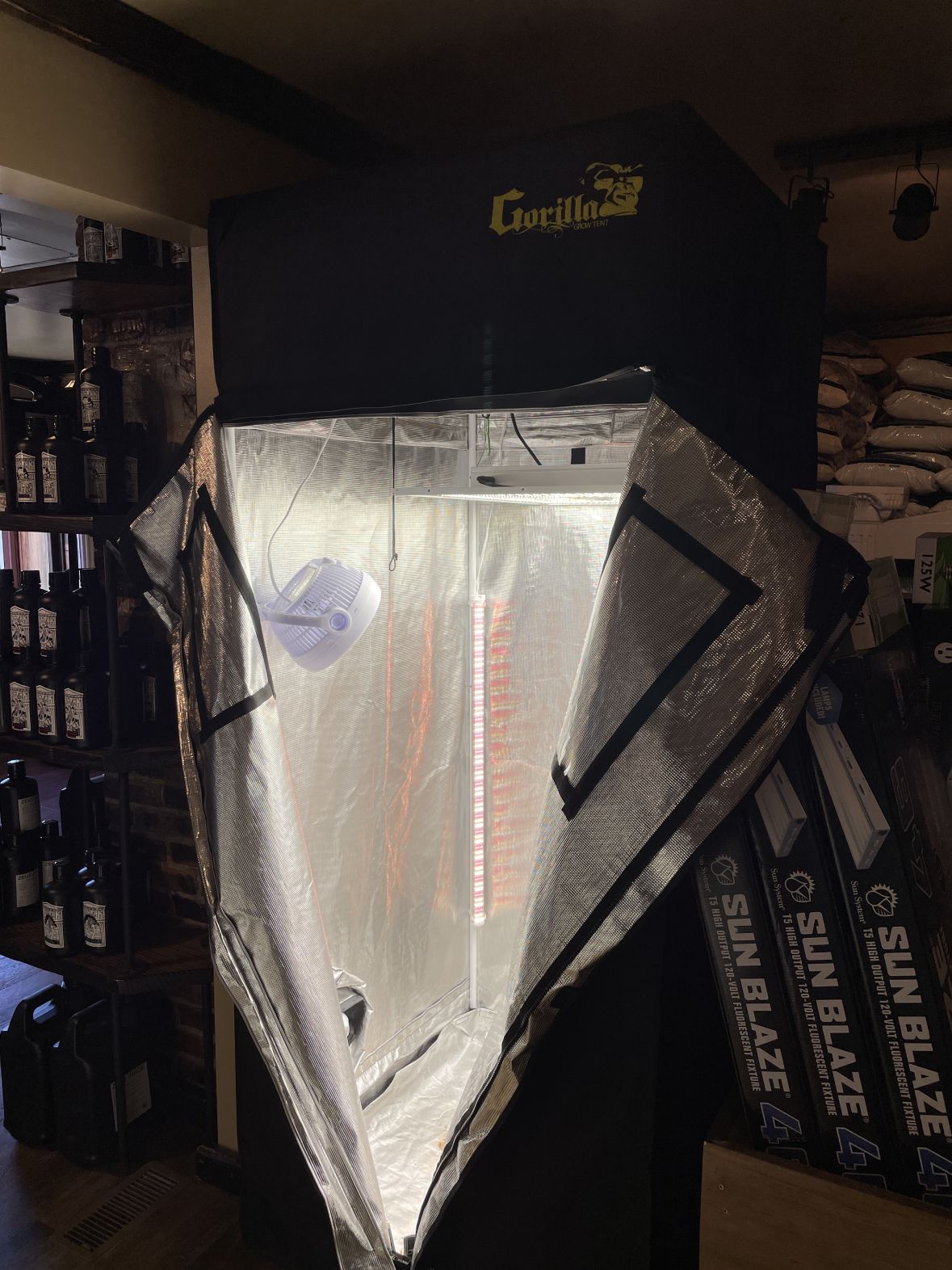Study the World of Hydroponics: Exploring Different Types
Within the world of hydroponics lies a diverse selection of farming methods that offer special advantages for expanding plants without dirt. As we start this expedition of different hydroponic systems, we will discover the ins and outs of methods like the Nutrient Film Method (NFT), Deep Water Culture (DWC), Wick System, Ups And Downs (Flood and Drainpipe), and Aeroponics. Each technique presents a distinctive approach to supporting plants in a soil-less environment, encouraging innovation and effectiveness in the realm of modern-day farming.

The Nutrient Film Technique (NFT)
The Nutrient Film Method (NFT) is a hydroponic system that includes a constant flow of nutrient service over plant origins in a thin film to advertise effective nutrient uptake. This method utilizes a shallow stream of water which contains dissolved nutrients, permitting the plant roots to have continuous access to the essential components for growth - The Indoor Earthworm. The nutrient remedy flows along all-time low of the network, getting in touch with the roots and then receding, offering an extremely oxygenated setting important for root health
Since the nutrient option is recirculated, it calls for less water compared to typical soil-based gardening. Furthermore, the controlled environment of the NFT system minimizes the threat of nutrient imbalances and illness, leading to much healthier plants.
Deep Water Society (DWC)
Amongst the numerous hydroponic systems made use of for cultivating plants, Deep Water Culture (DWC) stands out for its straightforward yet reliable design. In a DWC system, plants are placed in internet pots, permitting their roots to hang straight into a nutrient service. This remedy is oxygenated making use of air pumps and air rocks to ensure that origins obtain an appropriate oxygen supply. The trick to success in DWC is keeping the correct oxygen levels in the nutrient service to avoid root rot and advertise healthy and balanced plant growth.
In addition, the direct accessibility to oxygen and nutrients permits plants to uptake what they require a lot more efficiently, often resulting in faster development rates and higher returns compared to traditional dirt farming approaches. Controlling water temperature and protecting against algae growth in the nutrient option are important considerations when applying a DWC system.
Wick System
In hydroponic farming, the Wick System is a passive method that makes it possible for plants to formulate nutrient remedy through capillary action. This system is uncomplicated and appropriate for newbies as a result of its simplicity. It consists of a growing tray filled with an inert medium like perlite or vermiculite, where plants are positioned. A wick, normally constructed from products like cotton or nylon, expands from the expanding tray right into a storage tank loaded with the nutrient remedy. The capillary activity of the wick permits the nutrient remedy to relocate from the reservoir to the expanding tray, ensuring a constant supply of nutrients see this page to the plants' origins. Among the advantages of the Wick System is its affordable and convenience of configuration. Nonetheless, it may not be suitable for bigger plants or those with high nutrient demands, as the easy nature of the system can cause unequal vitamins and mineral circulation. On the whole, the Wick System offers a efficient and easy method to practice hydroponic gardening.
Ups And Downs (Flood and Drainpipe)
Discovering the Ups And Downs (Flood and Drainpipe) system provides understanding into a dynamic hydroponic strategy that rotates in between flooding and draining pipes the plant origins with nutrient option. This system runs by periodically swamping the plant containers with a nutrient option from a tank and link after that allowing the excess service to drain pipes back. The process is usually regulated by a timer to make certain regular flooding cycles, providing the origins with oxygen as the solution recedes.
Ebb and Circulation systems are functional and can fit various plant sizes and types. The periodic flooding assists deliver nutrients directly to the origins, boosting nutrient uptake efficiency.
This approach is prominent among hydroponic lovers for its versatility, effectiveness, and simpleness to different plant requirements. With appropriate surveillance and maintenance, the Ebb and Flow system can support robust plant growth in a controlled hydroponic environment.
Aeroponics
Making use of a high-pressure misting system, Aeroponics is an innovative hydroponic method that puts on hold plant origins in an oxygen-rich setting to promote optimum nutrient absorption and vigorous growth. Unlike other hydroponic strategies, which submerge origins in water or a nutrient remedy, Aeroponics delivers nutrients directly to the roots with a great haze. This mist is splashed at normal intervals, making certain that the origins get a consistent supply of water, oxygen, and nutrients.

Among the essential advantages of Aeroponics is its ability to make best use of nutrient uptake while reducing water usage. By supplying nutrients straight to the origins, plants can absorb them more efficiently, causing faster development rates and higher returns. Furthermore, the oxygen-rich setting developed by the misting system promotes origin development and helps prevent root conditions.
Aeroponics is specifically fit for growing leafed eco-friendlies, natural herbs, and other plants that thrive in aerated environments. The Indoor Earthworm. Its reliable usage of link resources and capability to advertise quick growth make it a popular choice for hydroponic enthusiasts wanting to achieve ideal outcomes
Final Thought
To conclude, hydroponics offers a variety of ingenious strategies for growing plants without dirt. From the nutrient film strategy to deep water society, each technique has its very own benefits and obstacles. By comprehending and utilizing these different kinds of hydroponic systems, people can explore new opportunities for lasting farming and make the most of plant development in controlled environments.
